Differences between powdery mildew and mildew: [Effects, Propagation and Treatments]

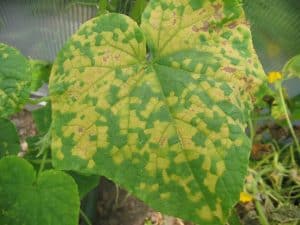 Powdery mildew and mildew are two diseases of the fungicidal type, since both are produced by a group of phytopathogenic fungi.
Powdery mildew and mildew are two diseases of the fungicidal type, since both are produced by a group of phytopathogenic fungi.
These arise in plants due to environmental conditions, excess water and humidity. Here are the main differences between powdery mildew and mildew:
Differences in the color of the spots
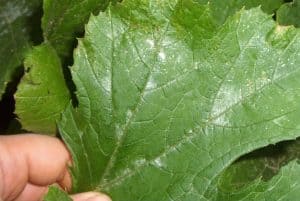 The difference between powdery mildew and mildew is very simple, since the former produces white spots on the surface of the leaves and the mildew spots are yellow on the surface and white on the underside.
The difference between powdery mildew and mildew is very simple, since the former produces white spots on the surface of the leaves and the mildew spots are yellow on the surface and white on the underside.
Both produce the same damage to plants.
Difference in origin and effect on plants
Powdery mildew and mildew are fungi that are usually generated in spring, but can last until early autumn. They originate on the surface of the leaves, branches or fruits, gradually producing necrosis (the leaves dry).
In addition, the leaves gradually become deformed until the plant dries up and dies.
Differences about the plants they can affect
 Both fungi can affect a wide variety of garden plants such as: begonias, chrysanthemums, carnations, roses, dahlias.
Both fungi can affect a wide variety of garden plants such as: begonias, chrysanthemums, carnations, roses, dahlias.
Also cultivable plants, such as cucurbits (melon, watermelon, cucumbers, pumpkins), vines, peach trees, tomatoes, marijuana, potatoes, etc.
Differences in mildew and powdery mildew treatments
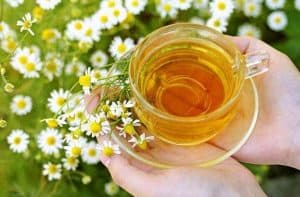 To combat mildew, the only way is through prevention, since later it becomes an uncontrollable plague, while powdery mildew can be combated with sulfur.
To combat mildew, the only way is through prevention, since later it becomes an uncontrollable plague, while powdery mildew can be combated with sulfur.
After a very wet night, copper sulphate should always be applied to prevent them from appearing.
It can also be applied foliar infusions, decoctions, fermentations of horsetail, chamomile, nettle and elderberry.
Differences in the behavior of these fungi
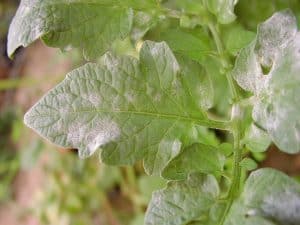 Powdery mildew is the name of a plant disease and the parasitic fungus that produces it. It is an external fungus that is well diagnosed. It is very typical in cucurbits.
Powdery mildew is the name of a plant disease and the parasitic fungus that produces it. It is an external fungus that is well diagnosed. It is very typical in cucurbits.
The spores of the fungus are carried by the wind and fall on the leaves. They germinate there and introduce some roots to absorb the nutritious substances.
It favors very humid springs (around 70-80%) and mild temperatures. It disappears in midsummer, whenever the thermometer exceeds 35°C, to reappear in autumn. They do not want liquid water for their development, but they do want moisture. They are spread by the wind.
While mildew is a disease that affects some plants. It is a parasite that develops inside the leaves, stems and fruits. Optimum temperatures for the development of this disease should be above 12°C.
This disease is one of the best and best known by winegrowers around the world due to the serious and spectacular damage it causes if the weather conditions are favourable, and it can attack all the green organs of the vine.
Differences at a glance between powdery mildew and mildew
It could be said then that one of the main differences is the type of stains they produce.
When it comes to powdery mildew, they are similar to powder, while mildew is similar to cotton on the underside and oily on the upper side.
More detail on the differences between powdery mildew and mildew
Characteristics of these mushrooms
Characteristics of powdery mildew
It is a fungus called ash, bad white or white mold. It is an external fungus that can be easily observed and differentiated. It has a colonizing state and a latent state.
Mildew Characteristics
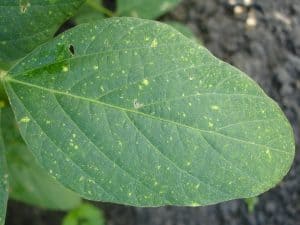 It is considered a parasite capable of developing and destroying the plant. The fungi that cause mildew are very resistant and their spores germinate easily.
It is considered a parasite capable of developing and destroying the plant. The fungi that cause mildew are very resistant and their spores germinate easily.
Like powdery mildew, downy mildew has a colonizing and a dormant state. When they are installed on a plant, symptoms may or may not appear, depending on the temperature and humidity parameters of the crop.
Developing
Powdery mildew development
Most of the time, powdery mildew develops on the upper surface of the leaves, although it can also spread along the stem or fruit if the attack is not controlled. It appears as white spots that turn into white or gray powder that coats the leaves.
Mildew Development
It develops inside the leaves, producing greasy-looking spots of different colors on the edges of the leaves or even on the fruits, depending on the crop, which then turn brown and wither or dry out that part of the plant.
propagation conditions
How Powdery Mildew Spreads
Warm temperatures and medium humidity (typical of summer).
How Downy Mildew Spreads
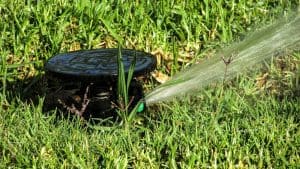 It can affect plants through irrigation water because it enters through wounds or through the stomata of the leaves.
It can affect plants through irrigation water because it enters through wounds or through the stomata of the leaves.
It requires a moderate temperature between 15 and 25°, and high humidity, so its appearance is frequent after the rains.
Crops affected by these fungi
What crops does powdery mildew affect?
They are very polyphagous, that is, they harm many species. Although cucurbits (pumpkins, courgettes, cucumber, melon, watermelon) are especially sensitive. It also affects tomato plants, potatoes, vines, chard, spinach, etc.
What crops does mildew affect?
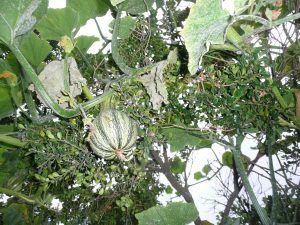 It affects a wide group of plants, although the incidence of mildew in vines and Solanaceae (tomato, potato, aubergine, pepper) stands out.
It affects a wide group of plants, although the incidence of mildew in vines and Solanaceae (tomato, potato, aubergine, pepper) stands out.
It also affects strawberries, cucumbers, melons, and young cruciferous plants such as beets, spinach or chard.
Bibliography and references
- Buczacki, Stefan. (1999). Pests and diseases of garden plants. Akal Editions. Madrid Spain.
- Jacas Miret, Josep Anto. (2005). Biological control of pests and diseases. Publications of the University Jaime I. Castellón-Spain.
- Paladines-Quezada, D.; Martinez, MC; Boso, S.; Santiago, JL; Gago, P.; Moreno-Olivares, JD; Fernandez-Fernandez, JI; Gil-Muñoz, R. (2017). Influence of Methyl-Jasmonate and Benzothiadiazole in 3 vine varieties against the attack of mildew and powdery mildew. IMIDA (Murcian Institute for Agricultural and Food Research and Development). Murcia-Spain. Reproducido de: https://www.researchgate.net/profile/Diego_Paladines/publication/336686755_Influencia_del_Metil-Jasmonato_y_Benzotiadiazol_en_3_variedades_de_vid_frente_al_ataque_de_mildiu_y_oidio/links/5db6a627299bf111d4d4ca5c/Influencia-del-Metil-Jasmonato-y-Benzotiadiazol-en-3-variedades-de-vid-frente -to-the-attack-of-mildew-and-oidium.pdf
- Mendez Leiva, William; Arauz, Luis Felipe; Rios, Rodrigo. (2010). Evaluation of conventional fungicides and resistance inducers to combat downy mildew (Pseudoperonospora cubensis) in melon (Cucumis melo). Costa Rican agronomy. Costa Rica university. San Jose Costa Rica. Reproduced from: http://www.redalyc.org/articulo.oa?id=43620066004
- Badillo Tituana, Gabriel Alejandro. (2017). Evaluation of three types of control for powdery mildew (Oidium sp.) in rose (Rosa sp.) var. Sunrise. Central University of Ecuador. Quito, Ecuador. Reproduced from: http://200.12.169.19/bitstream/25000/8778/1/T-UCE-0004-04.pdf

![Photo of Subsistence Agriculture: [Concept, Operation, Advantages and Disadvantages]](https://www.complete-gardening.com/wp-content/uploads/2022/08/subsistence-agriculture-concept-operation-advantages-and-disadvantages-390x220.png)
![Photo of Weeping Willow Pests and Diseases: [Detection, Causes and Solutions]](https://www.complete-gardening.com/wp-content/uploads/2022/08/weeping-willow-pests-and-diseases-detection-causes-and-solutions-390x220.jpg)
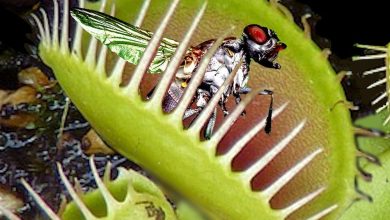
![Photo of The Surfinia or Hanging Petunia: [Planting, Care, Irrigation and Substrate]](https://www.complete-gardening.com/wp-content/uploads/2022/08/the-surfinia-or-hanging-petunia-planting-care-irrigation-and-substrate-390x220.jpg)